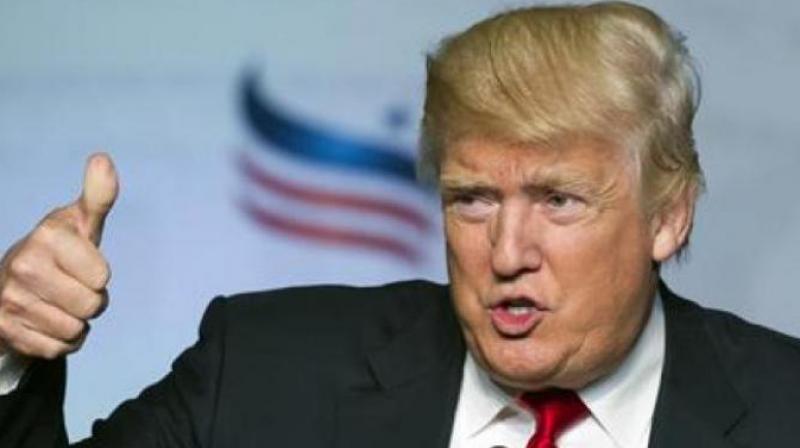Trump's war on terror' to create jobs in US?
The first and least likely option in realigning the war on terrorism would be complete disengagement.

Last week, as Pakistan was reeling from an onslaught of terror attacks, and analysts were wondering what this new blasts meant, similar questions were being asked in the United States. It is widely understood, of course, that little is known about the course that the Trump administration intends to take. Surprise has been touted as a strategy, its consequence being that inaction cannot be distinguished from apathy or indecision. So it is with the “war on terror”, under which the US has bombed and raided half a dozen countries in the past decade. Those were the old days; the new days, under this new administration, suggest that will no longer be. As a recent article in the American magazine Foreign Affairs (written by Peter Feaver and Hal Brands) points out, the options available to the Trump administration regarding its goal of “defeating ISIS” are limited.
The first and least likely option in realigning the war on terrorism would be complete disengagement. Predicated on the assumption that terrorism is rooted in complex political pathologies in Muslim societies that cannot be solved with American intervention, this approach would withdraw all troops from the region and leave the countries involved to sort out issues by themselves. As Feaver and Brands point out, the drawback of this approach is that it is too hands off. Trump likes to win, his closest adviser Steve Bannon is martial, and the drumbeat of war on ISIS was too woven into Trump’s campaign for such a disengagement to occur. The exact opposite of disengagement would be complete investment. This is based on the assumption that terror must be rooted out by a massive deployment of US ground troops and air power. This approach would seek to root out illiberal forces. In Feaver and Brands’ view, this is unlikely to be the course of the Trump administration because Trump himself has in his numerous speeches taken nation building off the table.
The two other options described by Feaver and Brands are halfway options. The one closer to disengagement, and also to the post-2014 Obama administration, would consider limited engagement, utilising relationships with countries in the region as a means of sharing intelligence and rooting out, at least in some minimal sense, the leadership, organisation and infrastructure of groups like ISIS. It would assume that terrorism can be contained but never completely eliminated. Finally, closer to nation-building, another halfway measure would be a partial deployment of ground troops that attempts to eradicate terrorist groups but is also in at least a limited sense trying to root out terrorism. Feaver and Brands think that the Trump administration, like the Obama administration, will select one of the two halfway options. Their explanation for this is that these measures involve the least amount of political risk. However, as the first weeks of the administration have shown, this is not the basis on which strategy is devised. It is far more likely that Trump will choose one of the extreme options, either total disengagement or occupation.
The reasons for this have little to do with logic or the general direction of US foreign policy and more to do with who has Trump’s ear and the image of strength that Trump wishes to project. The bluster and bravado of Trump’s speeches and the constant reiteration of “radical Islamic terrorism” as the most significant security threat, suggests it will not be hard for a hawkish military adviser to convince Trump to invest in a huge occupation of West Asia. Indeed, Trump may have criticised Bush’s Iraq war, but Trump changes his mind often. Also notable is that he does not criticise the Iraq war as a critique on the use of force, but rather its inability to finish the job. The world should not be surprised if the next episode of the interminable “war on terror” is not a scaling back but a ruthless turn to occupation, one that would annihilate terrorism. If we know anything about the new American President, it is his penchant for projecting strength, and it is unlikely that America will be loath to exercise it.
By arrangement with Dawn

